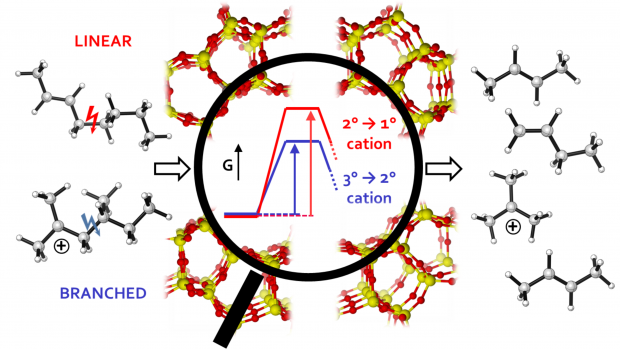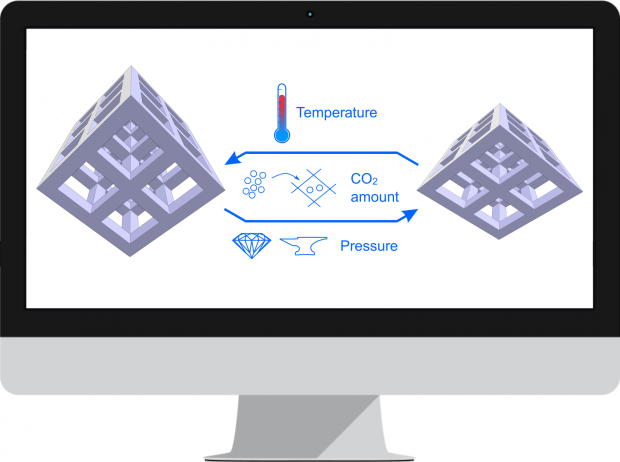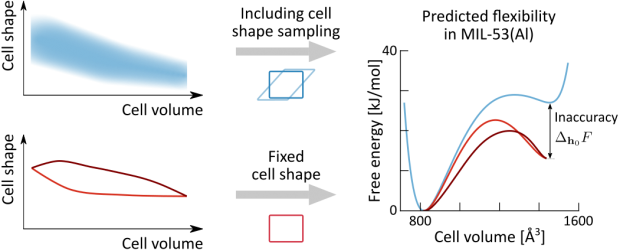Use of 3-Hydroxy-4-(trifluoromethyl)azetidin-2-ones as Building Blocks for the Preparation of Trifluoromethyl-Containing Aminopropanes, 1,3-Oxazinan-2-ones, Aziridines, and 1,4-Dioxan-2-ones
Abstract
3-Hydroxy- 4-(trifluoromethyl)azetidin- 2-ones were efficiently synthesized from the corresponding 3-benzyloxy-β-lactams and successfully transformed into 3-chloro- 4-(trifluoromethyl)azetidin-2- one building blocks. The latter chlorides were shown to be eligible precursors for the construction of novel CF 3 -containing aminopropanes, 1,3-oxazinanes, 1,3-oxazinan-2- ones and aziridines. In addition, 3-hydroxy- 4-(trifluoromethyl)azetidin- 2-ones proved to be interesting substrates for the synthesis of novel 3-[2,2,2- trifluoro-1-(arylamino)ethyl]-1,4- dioxan-2- ones via intramolecular cyclization of 3-(2- hydroxyethoxy)-β-lactam intermediates.

 Open Access version available at
Open Access version available at 



